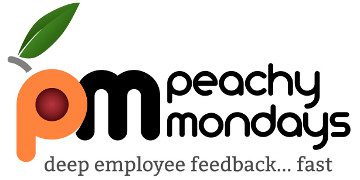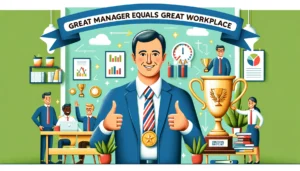-
Provided by

- Date published: Apr 25, 2019
- Categories
The pace of change in the world of work has never been faster. Becoming more agile and flexible is now a business requirement. It seems that change is the only constant and that can be tough for the people you rely on the most in order to achieve success – your workforce.
In this white paper, Peachy Mondays showcases companies that are using its agile employee feedback platform to better understand how business transformation is affecting their employees.
Find out…
- why conventional employee engagement surveys lead to a dead end
- how Peachy Mondays’ unique Targeted Anonymous Dialogue™ feature is changing the way organisations gather and respond to employee feedback
- why VodafoneZiggo, Brussels Airlines and Eurowings have adopted Peachy Mondays as their employee feedback strategy partners
- why real-time employee feedback can help you achieve your organisation’s goals
Fill in the form below to receive your copy of Driving transformation using real-time employee feedback:






